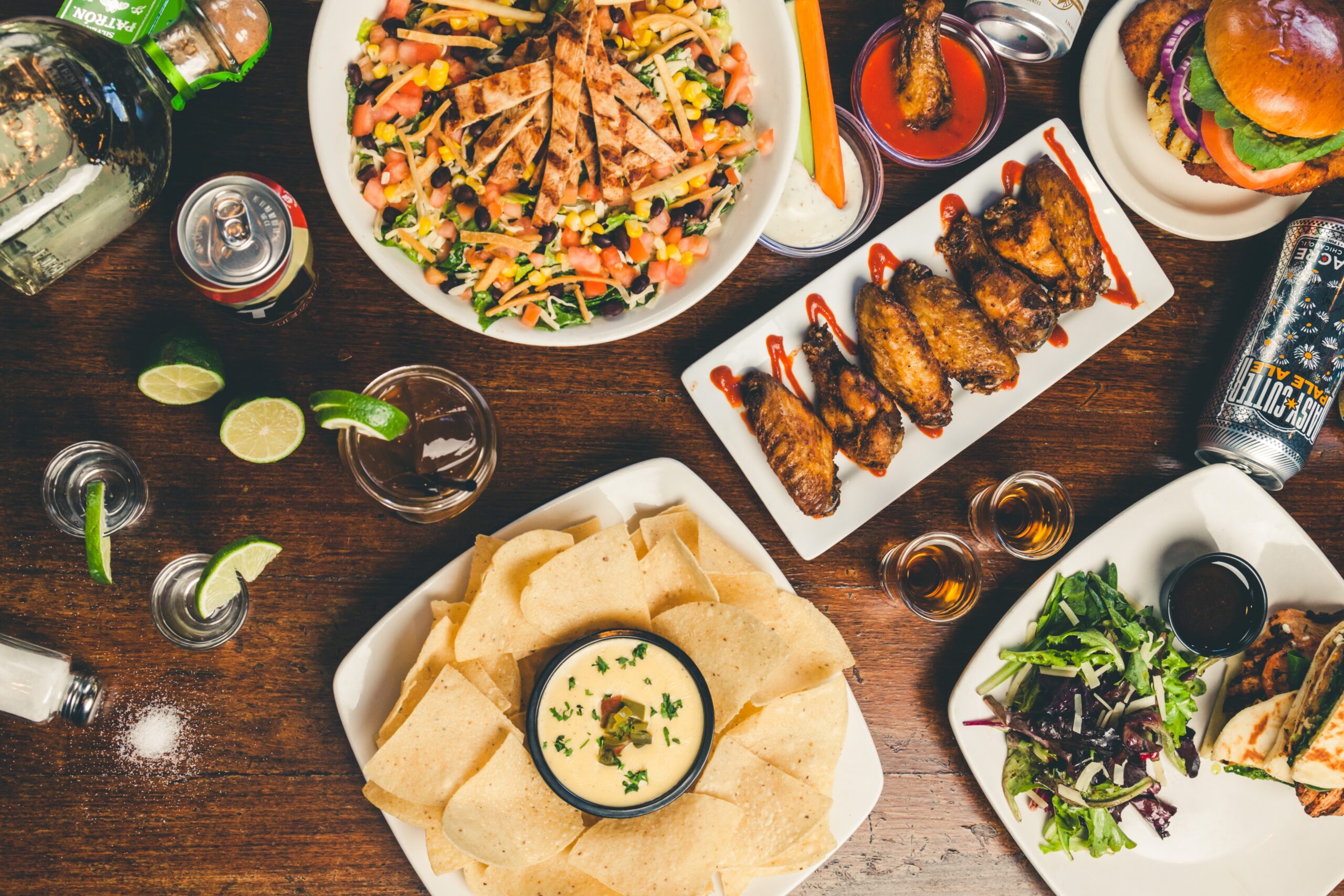If you plan ahead and get people excited, they will come.
The holiday season is a busy one. People are going to be traveling, and they’re going to be in a rush. Your restaurant may miss out on potential sales if you don’t plan. You can cash in on the holiday season with careful planning and targeted marketing strategies.
TIPS TO MARKET YOUR RESTAURANT DURING THE HOLIDAY SEASON
By: Dom Hemingway
Introduction
For many of us, the holiday season is a time to reconnect with friends and family. For restaurant owners and chefs, it’s a chance to make extra money. The holiday season brings out the best in people—and it also brings out their appetite. So take advantage of this opportunity by creating ways to get people excited about your offering. Here are my top tips for doing just that:
Offer exclusive menu items.
Offer an exclusive menu item. What do you have that nobody else does? If you’re a vegan restaurant, maybe it’s a killer dish made with cashews and lentils. If you’re a steakhouse, maybe it’s the most amazing prime rib ever. Whatever it is, draw inspiration from the season and create something. Get people talking about your place as they post photos of their meals online—and then offer this special only for a short period (say, one month). This gives them the incentive to visit sooner than later and will make them feel like they just missed out on something extraordinary if they don’t act quickly enough!
Use social media to promote the special: Promote your limited-time offer on Facebook and Twitter as well as through local newspapers in print ads or even billboards along significant highways nearby—whatever works best for your budget! You can also use hashtags like “#holidaymenu” or “#christmasdinnerspecial” so that customers can easily find information about what makes these deals so great by searching for them in search engines like Google or Bing when looking up keywords related precisely to those terms.
Offer coupons:
This is another way of encouraging customers. Those customers who might not have heard about your holiday specials yet (or are still deciding whether it’s worth trying out) without having spent much money upfront, hand out paper copies at check-out counters or mail them directly home with customers who order over the phone lines.
Use loyalty programs: Not only does this incentivize repeat customers, but it also helps build brand loyalty since everyone loves feeling rewarded after returning!
Spice up your social media presence:
Social media can be a powerful tool for your restaurant. You can use social media to create buzz about your restaurant, promote new menu items and events, and give customers insight into the workings of your kitchen.
Post photos of your food and happy customers on Instagram, Facebook, or Twitter! It’s also a good idea to create a unique hashtag for your restaurant so that people who want more information about it can find it (for example, #greatrestaurant).
Get festive with decor and holiday-themed dishes
Decorate your restaurant with festive colors.
Offer holiday-themed dishes and desserts:
Offer a special holiday drink special during December, such as hot chocolate or eggnog milkshakes.
Get customers in the mood to be generous by offering gift card promotions, like buy one get one free, where they can buy one gift card at the total price and get another for half price! This also helps you build your customer retention rate too!
The best way to make money off any promotion is when it’s done right—get people excited about returning because they got something great out of it! That’s why we recommend having some loyalty program in place before starting any promotions so that you know exactly how much each customer has spent over time–and thus how much they’re worth (in terms of dollars) based on their average order size at each visit.”
If you plan ahead and get people excited, they will come.
The holiday season is a busy one. People are going to be traveling, and they’re going to be in a rush. Your restaurant may miss out on potential sales if you don’t plan. You can cash in on the holiday season with careful planning and targeted marketing strategies.
Planning Ahead Can Turn a Holiday Season into Profits
Planning for an event like the holidays isn’t just about organizing parties or buying new decorations for your restaurant—it’s about thinking about how these activities will affect your business and how customers will react to them on social media sites like Facebook and Twitter. For example: If you have decided to host an open house party at your restaurant during Thanksgiving weekend (or any other weekend), consider what type of food will be served; whether or not it’s appropriate for children; whether there should be seating available outside; what kind of beverages should be served (alcoholic drinks are subject to varying regulations); how much time people need between eating their meal and driving home safely; etcetera!
Conclusion
A successful holiday season is all about two things: planning and being creative. If you’re looking for additional inspiration, take a look at some of the things we’ve done here at www.frangrow.com We’d love to hear your ideas in the comments below!










